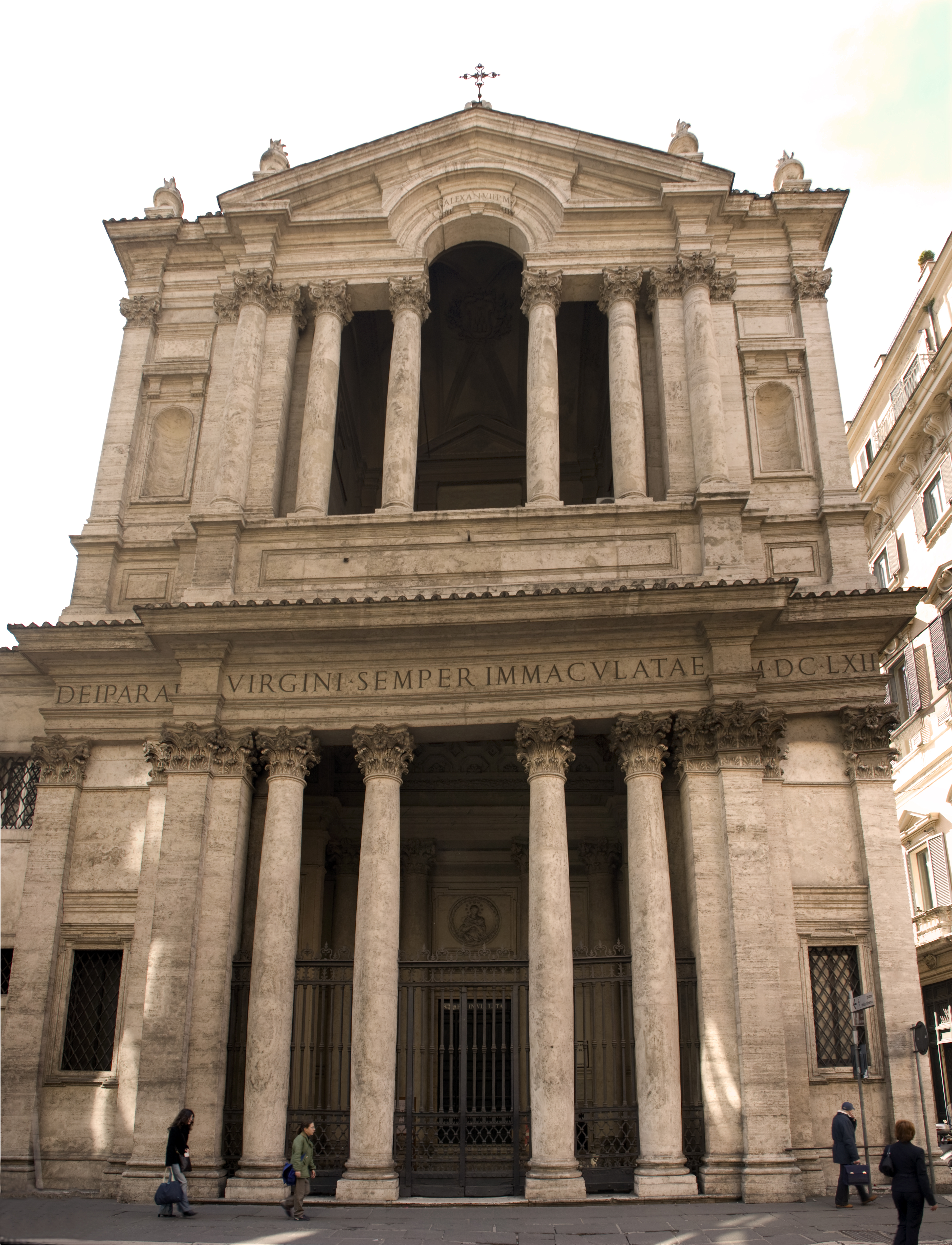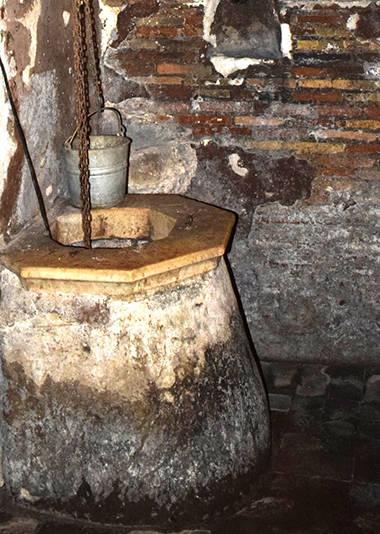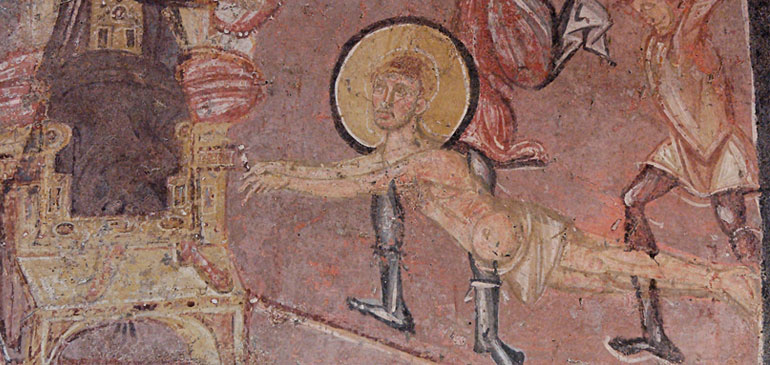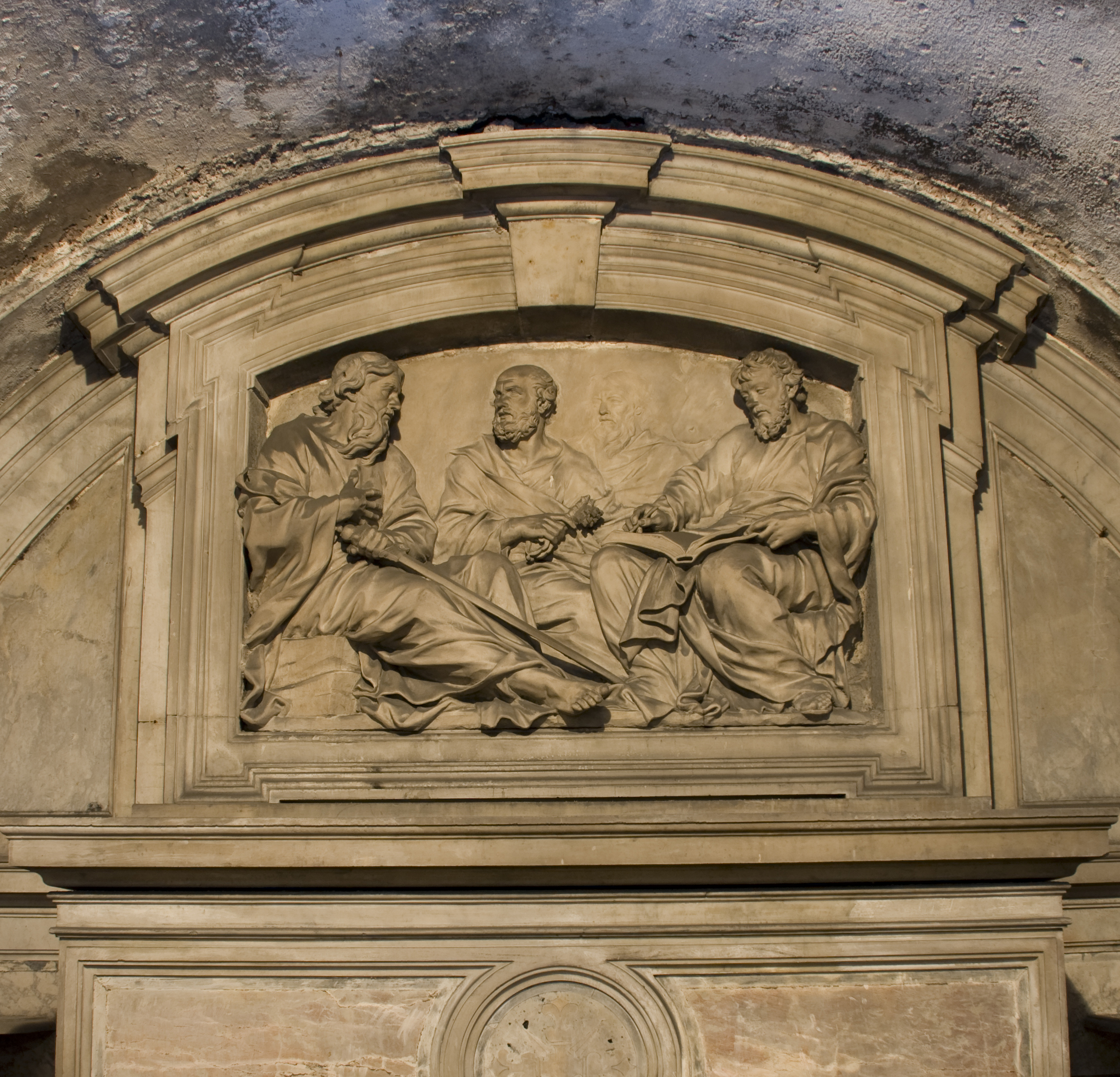The Church of Santa Maria in via Lata is founded on very ancient origins. Around the year one thousand the church was built on a previous one of the VII-VIII century. Later it was transformed in the Baroque style. However, it preserves the memory of the Apostles Peter and Paul, who were hosted, according to tradition, in these buildings during the years of their imprisonment in Rome.
Important: The Basilica of Santa Maria in Via Lata and the underground chambers are currently closed to visitors due to restoration work.
The Church of Santa Maria in via Lata was built, according to the testimonies of the time, at the end of the seventh century AD, under Pope Sergio I, who established a diakonia here. It was a structure intended for spiritual assistance, obtained from pre-existing buildings from the Roman era. Subsequently a medieval church was built with the facade facing today's Piazza del Collegio Romano. Over time, the building underwent several reconstructions until it took on its baroque appearance with Pope Alexander VII Chigi. Pietro da Cortona was entrusted with the construction of the facade. He also took care of bringing to light the underground by creating a path to allow the pilgrimage to the holy place believed to be the home of the Apostles.
Useful information
For information and reservations write to: romacristiana@orp.org
SANTA MARIA IN VIA LATA BASILICA
From Termini Station
For all lines get off at the Piazza Venezia stop

Meeting with the most ancient Christian testimonies present in Rome. In the basement of the church of Santa Maria in Via Lata is the house where Saint Marziale Martyr hosted Saint Pietro, Saint Luke and Saint Paul. Christian tradition reveals that the apostle Peter lived in this place during his stay in Rome and that St. Paul lived under house arrest for two years. At that time "the Apostle to the Gentiles" continued to preach the Gospel and wrote some of his Letters. Furthermore, it is said that Saint Luke here wrote the Acts of the Apostles and painted one of the seven portraits of the Virgin. Over the centuries, the memory and veneration of Christians has been maintained for the memory of the Apostles who were the first evangelizers in the Church.

The church of Santa Maria in Via Lata is like the custody of an ancient and important place of memory of the millenary history of Christianity in the Eternal City. The historical location dates back to the era of Emperor Hadrian, who gave a new urban layout to the street, having numerous buildings built for various functions. The first construction of the I century. A.D. it consisted of a porticoed building, parallel to the Via Flaminia, subsequently divided into seven rooms, arranged on two levels. Scholars speculate that they were used as warehouses and, later, transformed for other functions.
The well and the column are memories of St. Paul's stay in captivity in these environments. New investigations carried out in the last century have made it possible to find other finds at the bottom of the well, some vases and an iron chain.
hide
After the third century, the building housed a "diakonia" for the reception and spiritual assistance of Christians, which was later transformed into a church. Today part of the apse of the medieval church is still visible. The walls were covered with frescoes dated to the 7th century AD, recently removed due to humidity. Once restored, they were exhibited at the Crypta Balbi National Roman Museum.
The themes of the frescoes show the importance of the diaconal building: The Multiplication of the Loaves and Fishes, the Stories of the Seven Sleepers of Ephesus, the Prayer of Jesus in the Garden of Gethsemane, the Madonna enthroned with the Child between St. Peter and S. Paolo.
hide
Also noteworthy is the monument of A. Ridolfi and the marble high-relief by C. Fancelli on the altar of the central Oratory, which represents the SS. Pietro, Paolo, Martial and Luke.